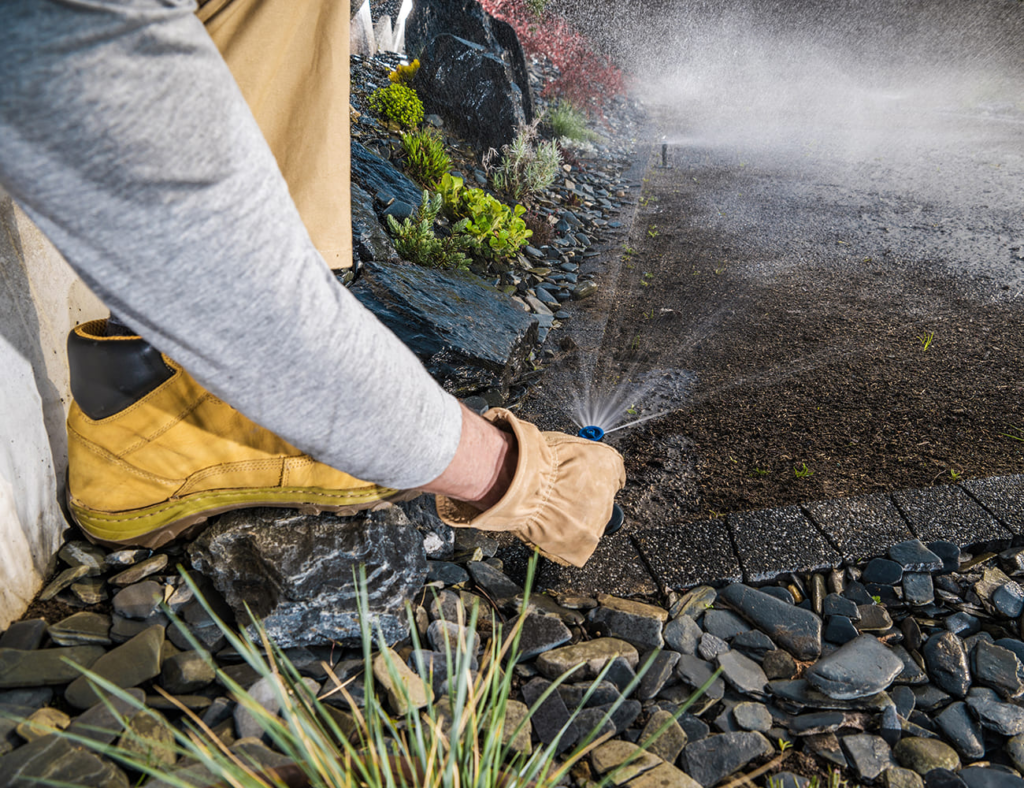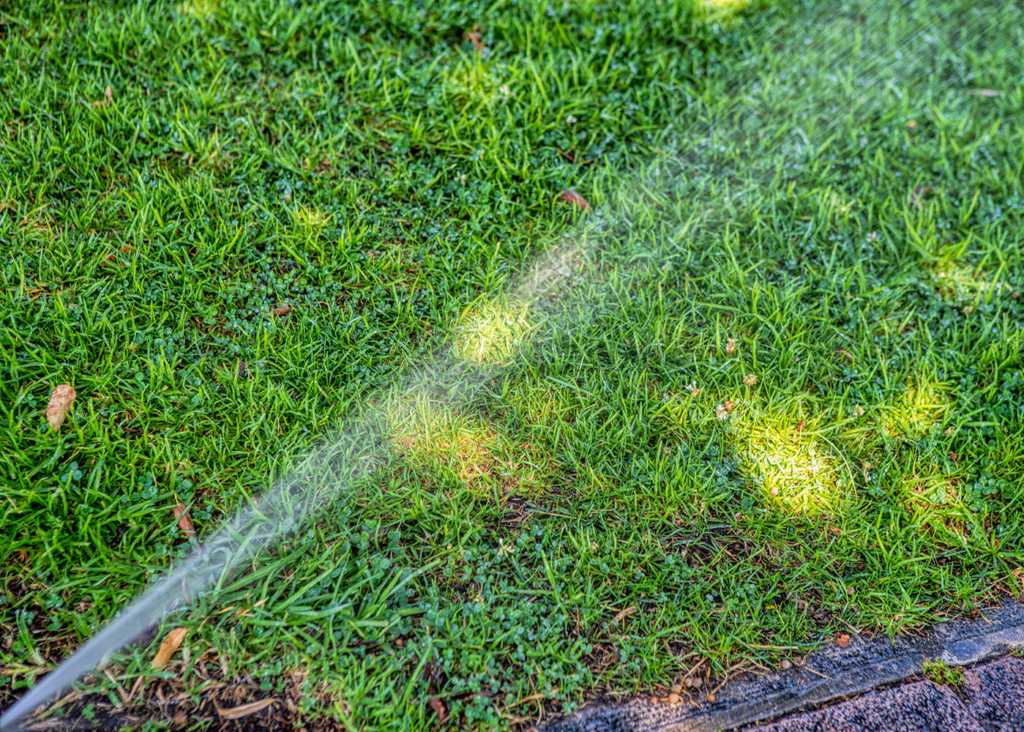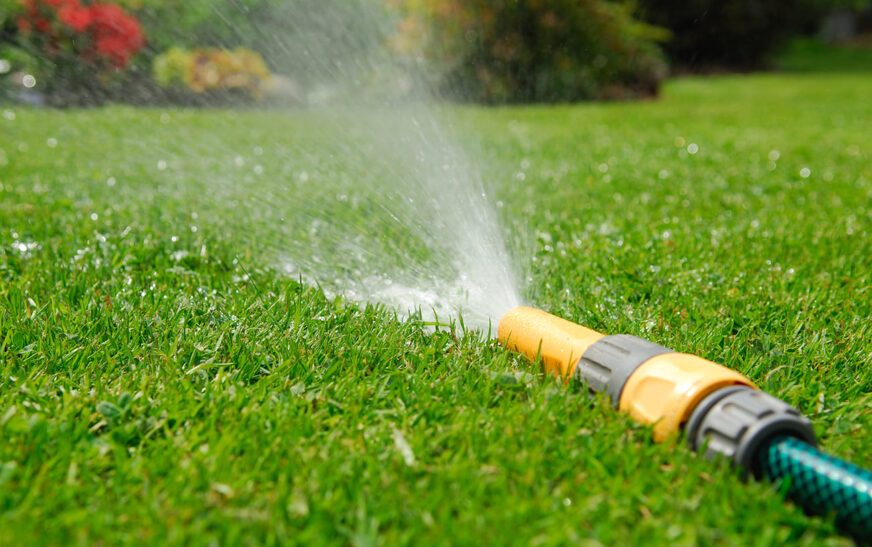Water restrictions are a reality for many Australians, especially during periods of drought and heightened water scarcity. These limitations, while essential for conserving our precious water resources, can pose challenges for maintaining a lush, green lawn. Understanding the implications of water restrictions and adopting effective lawn care strategies can help ensure your yard remains healthy and vibrant, even under stringent water use policies.
Impact on Lawn Health
Reduced water availability directly affects your lawn’s health. Grass relies on consistent moisture to maintain its green hue and resilience. Under watering restrictions, lawns may exhibit signs of stress, such as wilting, browning, and thinning. Prolonged water scarcity can lead to shallow root systems, making the grass more susceptible to damage from heat and foot traffic. However, with proper care and adjustments, it’s possible to mitigate these effects and maintain a healthy lawn.

Strategies for Lawn Care During Water Restrictions
Watering Techniques
- Optimal Timing: Water your lawn early in the morning, before 9 am, when temperatures are cooler, and evaporation rates are low. This practice ensures that the water penetrates the soil effectively, providing maximum benefit to the grass roots.
- Deep and Infrequent Watering: Instead of frequent shallow watering, aim for deep watering sessions. This encourages the development of deeper root systems, enhancing the lawn’s drought resistance. Depending on your soil type and grass variety, watering deeply once or twice a week may suffice.
- Efficient Irrigation Systems: Utilize efficient watering systems, such as drip irrigation or soaker hoses, which deliver water directly to the soil, minimizing evaporation and runoff. Ensure that your sprinklers are well-maintained and positioned correctly to avoid water wastage.
Mowing Practices
- Adjust Mowing Height: Keep your grass slightly longer during dry periods. Taller grass provides shade to the soil, reducing evaporation and promoting deeper root growth. Avoid cutting more than one-third of the grass blade length in a single mowing session to prevent stress.
- Mow Less Frequently: During water restrictions, your lawn’s growth rate may slow down. Mow less frequently to reduce stress on the grass and allow it to retain moisture.
Soil Management
- Aeration: Aerate your lawn to alleviate soil compaction, allowing water to penetrate more deeply and reach the root zone. This process involves creating small holes in the soil to facilitate air, water, and nutrient movement.
- Soil Wetting Agents: Apply a premium soil wetting agent to improve water penetration and eliminate dry patches. This practice ensures that the water you apply is used efficiently by the grass roots.
Fertilization and Lawn Nutrition
- Appropriate Fertilization: Use fertilizers judiciously during water restrictions. Over-fertilizing can lead to excessive growth, increasing water demand. Opt for slow-release fertilizers that provide nutrients over an extended period without overwhelming the grass.
- Composting: Incorporate organic matter into your lawn to improve soil structure and moisture retention. Composting enhances the soil’s ability to hold water, reducing the need for frequent irrigation.
Weed and Pest Control
- Weed Management: Weeds compete with your grass for limited water resources. Regularly inspect your lawn and remove weeds promptly to ensure that available moisture is utilized by your grass.
- Pest Monitoring: Keep an eye out for pests that can further stress your lawn. Address pest issues promptly using environmentally friendly methods to maintain lawn health without exacerbating water scarcity problems.
Selecting Drought-Tolerant Grass Varieties
- Grass Selection: Consider planting drought-tolerant grass species that require less water and are more resilient under restricted watering conditions. Varieties such as Buffalo, Zoysia, Couch, and Kikuyu are well-suited to Australian climates and can thrive with minimal irrigation.

Long-Term Lawn Care Considerations
- Rainwater Harvesting: Invest in rainwater tanks to collect and store rainwater during wetter periods. This stored water can be used to irrigate your lawn during times of water restrictions, reducing reliance on mains water supply.
- Lawn Alternatives: Explore alternatives to traditional lawns, such as groundcovers or native plant gardens, which require less water and maintenance. These options can provide aesthetic appeal while conserving water.
- Community Engagement: Stay informed about local water restrictions and participate in community initiatives aimed at water conservation. Sharing knowledge and resources with neighbours can foster a collective effort towards sustainable lawn care practices.
Conclusion
Water restrictions need not spell the end for your lawn’s vitality. By implementing thoughtful and efficient lawn care strategies, you can maintain a healthy and attractive yard even in times of limited water availability.
Embrace practices such as optimal watering techniques, proper mowing, soil management, and the selection of drought-tolerant grass varieties to ensure your lawn remains resilient. Remember, adapting to water restrictions is not just about compliance; it’s an opportunity to adopt sustainable practices that benefit both your lawn and the broader environment.













